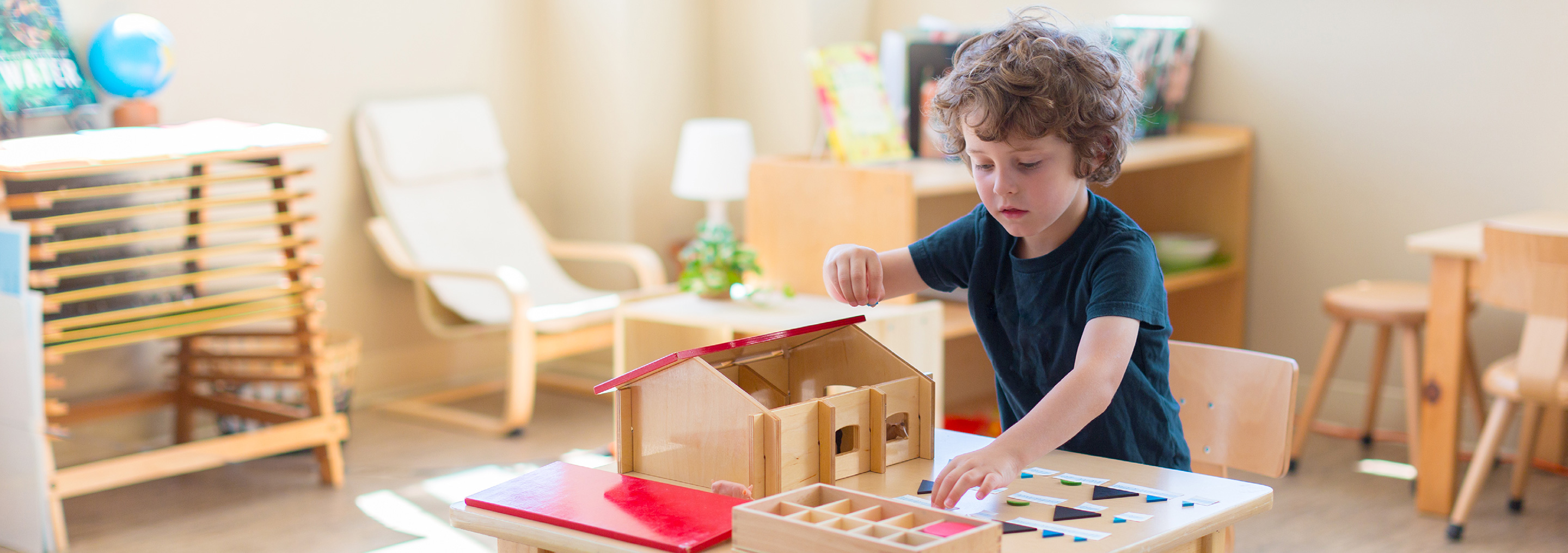- View All
- Topics
- Search
Blog Archive
-
2025 (1)
- January (1)
-
2024 (10)
- December (1)
- October (1)
- September (1)
- August (1)
- July (1)
- June (1)
- April (1)
- March (1)
- January (2)
-
2023 (9)
- September (1)
- August (1)
- July (1)
- June (1)
- May (1)
- April (1)
- March (1)
- February (1)
- January (1)
-
2022 (3)
- December (1)
- November (1)
- September (1)
-
2021 (3)
- November (1)
- March (1)
- February (1)



Nurture the Scientist Within Your Preschooler
In today’s ever-evolving educational landscape, fostering a love for science and inquiry among students is a top priority. While discussions often focus on older students and standardized testing, we firmly believe that the seeds of scientific curiosity are planted in preschool. Let’s explore how we can inspire and encourage the budding scientist in every child.
Categorization and Critical Thinking: Another essential skill for young scientists is categorizing and grouping objects based on their attributes. Montessori preschool classrooms offer sensorial activities where children learn to identify and arrange things by their characteristics. This process enhances their cognitive abilities and sharpens their observation skills. As they expand their vocabulary to describe what they see accurately, children develop a precision tool for classifying and categorizing their perceptions.
Scientific Vocabulary and Exploration: Preschool-age children possess an absorbent mind, capable of absorbing new words and concepts effortlessly. Dr. Montessori emphasized the importance of introducing scientific terms with objects and explorations. Our classrooms expose children to various scientific vocabulary, from leaf shapes to landforms, two-dimensional and three-dimensional geometric shapes, and more. The primary goal is to create an inner norm for using language to heighten and capture observations, enabling children to express their scientific curiosity.
The botany cabinet introduces children to the world of botany, and it’s also great practice for visual discrimination of forms!
The fun and exploration don’t have to end at school. There are easy ways you can nurture your child’s inner scientist at home:
The preschool years are a precious time to create lasting memories with your child. By venturing into the world together, slowing down, and embracing the sensory richness of our surroundings, we can enrich their preschool education and foster their innate curiosity. Let’s celebrate the scientist within each child and nurture their passion for exploration. Enjoy these remarkable years of wonder!